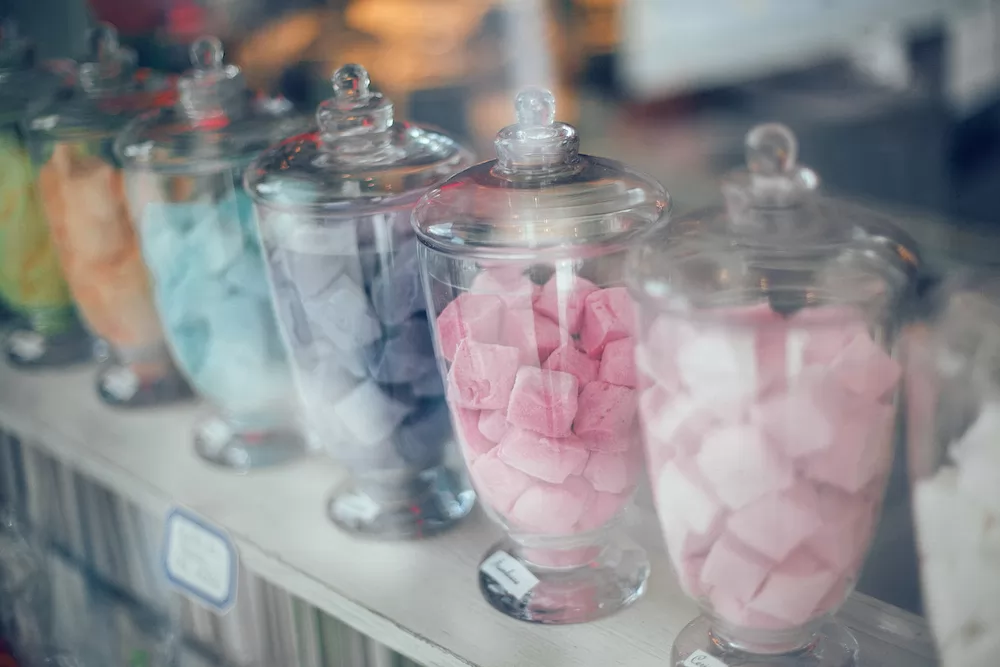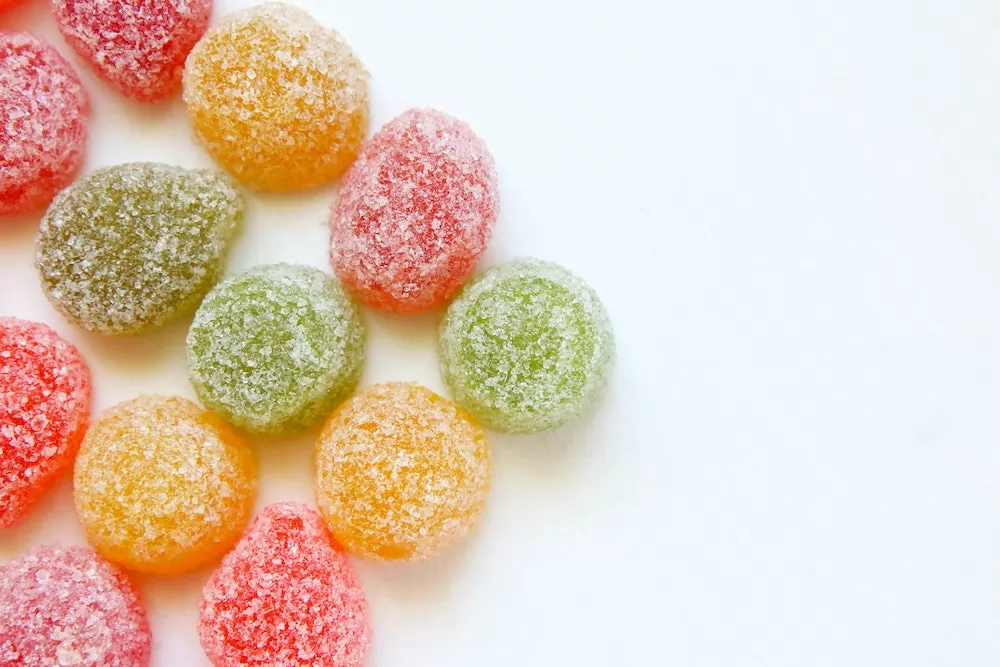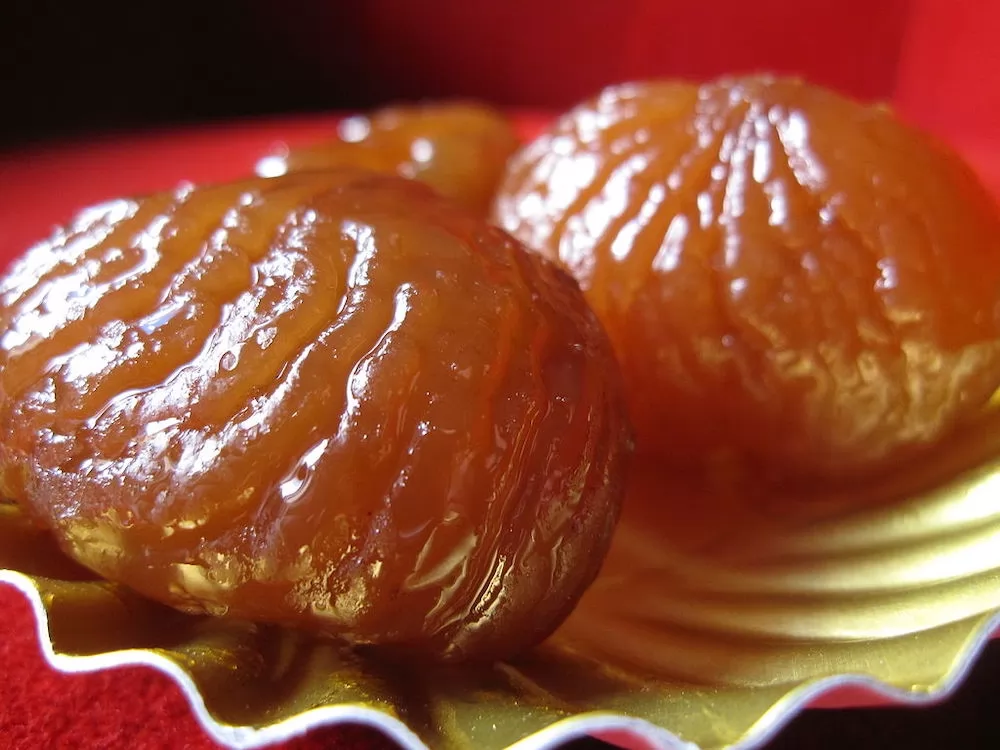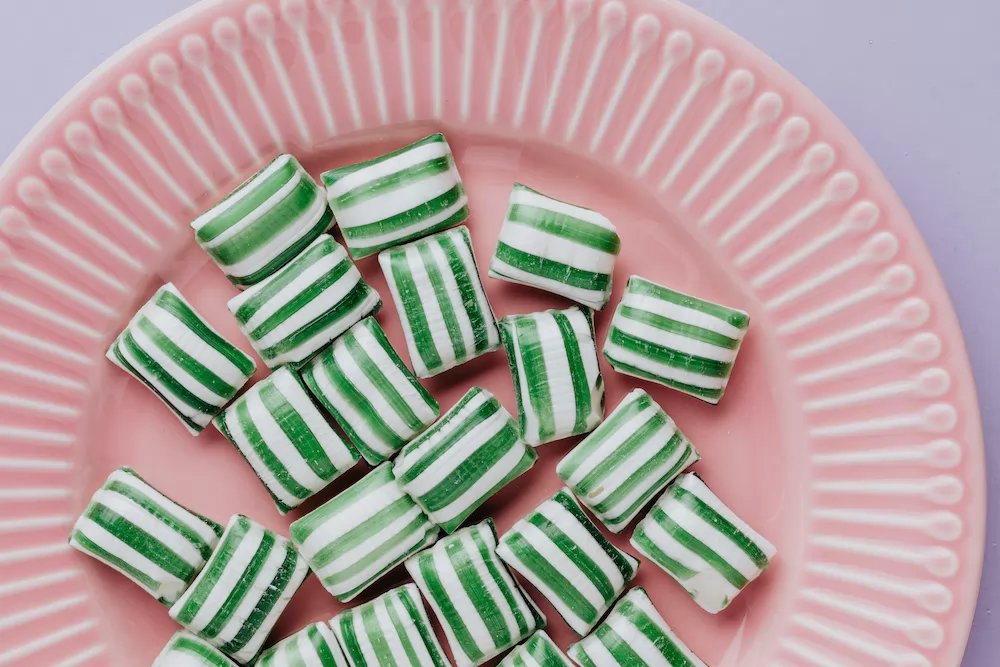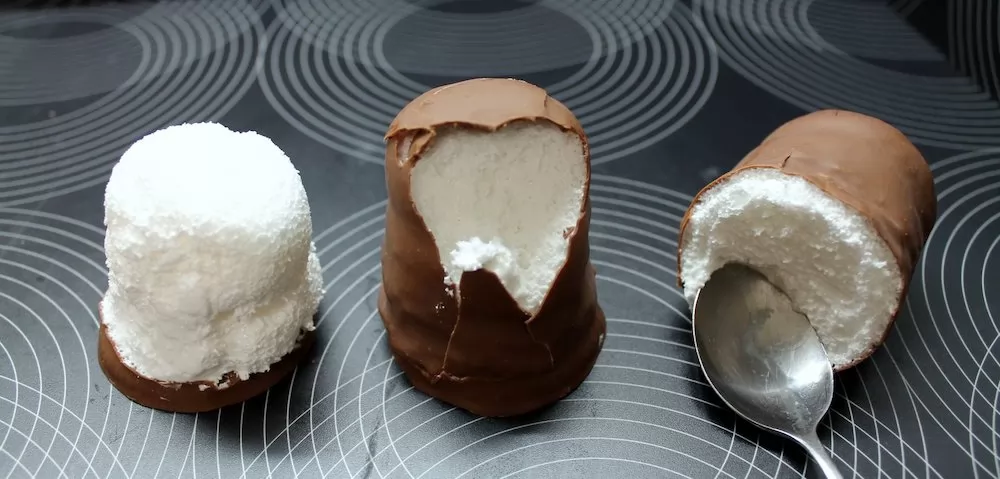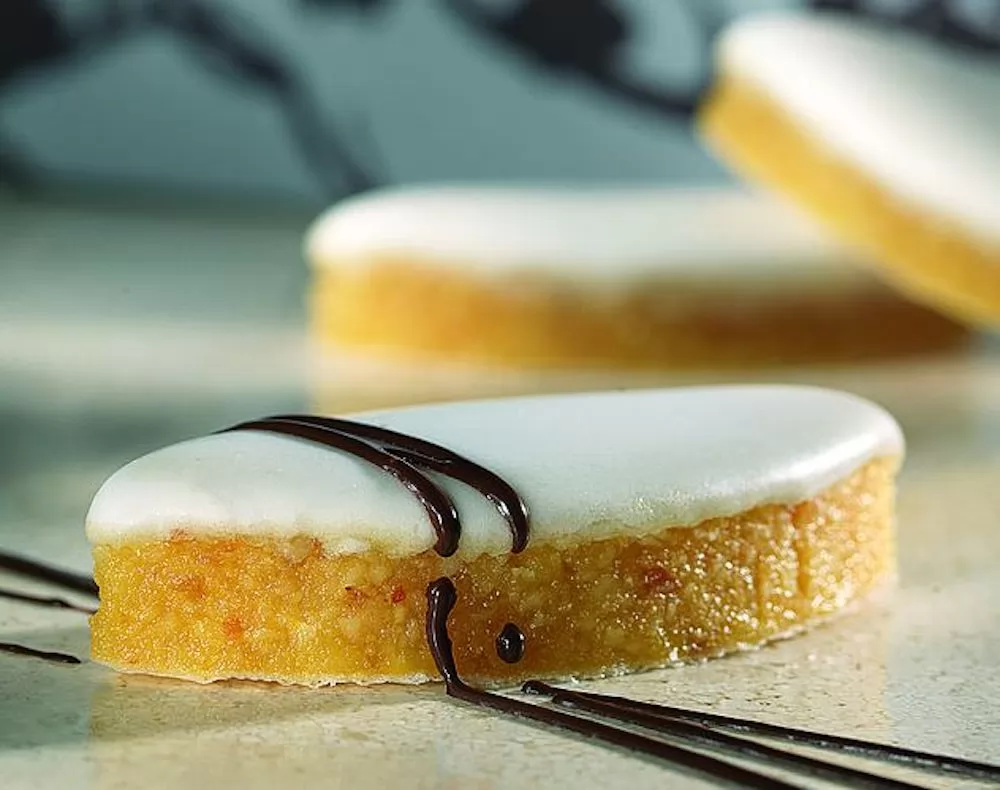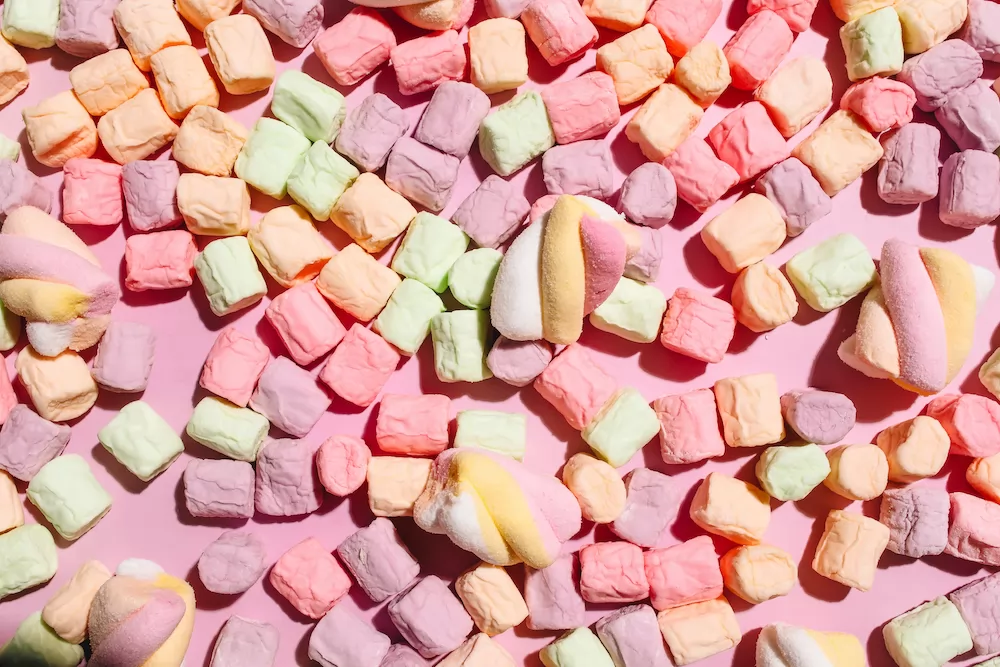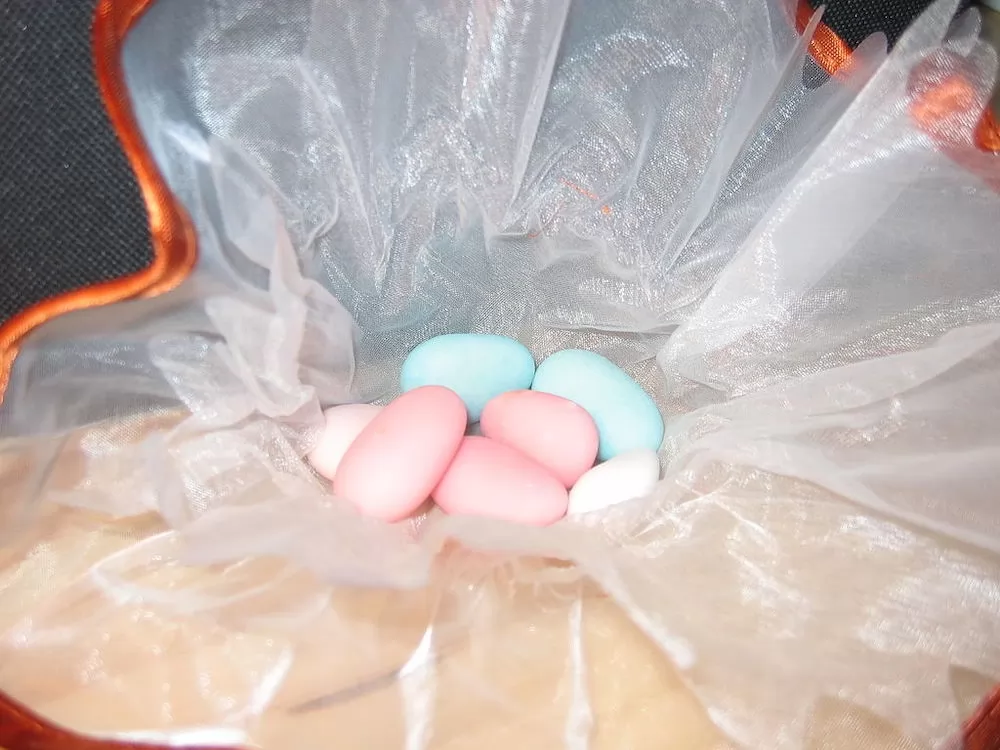Since Halloween is fast approaching, it's time to bring out the candies. Perhaps you want to give some to the kids who will go trick-or-treating in your neighborhood. Or you plan to throw a sick Halloween party and that's never complete without plenty of sweets. In any case, when you want to pack on the saccharine, you'll want to take a page out of the French's notebook. Everyone knows that these people know a thing or two about sweets but they're mostly focused on the pastries. You ought to learn more about their candies too, like Pâte de Fruits, Têtes de Chocolat, Dragées, and Marron Glacés!
Pâte de Fruits
You've probably already tasted Pâte de Fruits without knowing their true origin. In a nutshell, Pâte de Fruits are cooked fruits mixed with sugar and molded into cubes, balls, and other shapes. They come from the Auvergne region, all the way back in the 10th century, and are quite popular in the
French countryside. As well as, of course, Paris too. Though they're not gummy bears, they just as soft and sticky. And kids love them just as much. Even when they're coated with lots of sugar, it's still a healthier confection than most candies out there, which is why it's a favorite among grandparents too.
Source: Wikimedia Commons
Marron Glacé
Translated into English as the '
Iced Chestnut,' the Marron Glacé is as simple as it gets. It's a chestnut glazed with sugar and eaten as a confection. And while it may sound boring at first, one bite is enough to make you want more. Before you know it, you've already eaten a ton of them, just like the French aristocracy of the olden times. It is said that the treat originated from the royal court of Louis VIX, while others say it came from a chocolatier in the Lyon region. Wherever it came from, the Marron Glacé is rooted in French culture and tradition and remains one of the country's most delectable treats.
Source: Wikimedia Commons/ Kate Hopkins
Berlingots
Now here's something that will challenge your teeth: Berlingots! Though various regions have their own different versions of the treat, such as the Berlingot de Carpentras from Provence or the Berlingot Natais from Nantes, a city in the
Brittany region, the gist of the candy remains the same all throughout. It's a hard pyramid-shaped confection made out of caramel or fruit syrup. In some ways, it's almost akin to the jawbreaker in the US, albeit a smaller and comparatively sweeter version of it. In any case, if you want to taste this treat, you better make sure that your teeth are strong enough!
Source: Wikimedia Commons
Têtes de Chocolat
If you're into bonbons and canelés, then you'll love Têtes de Chocolat! This is somewhat of a combination of the two, as it is a pastry made out of two meringues, filled with butter cream, and coated with chocolate. The pastry aspect of it will remind one of canelés while the chocolate coating makes it look and taste like giant bonbons. And biting into one gives you the same sort of sweet sensation. Têtes de Chocolat, more commonly referred to as
têtes choco, is a beloved Christmas treat in France. You'll find it in various Christmas markets come December!
Source: Wikimedia Commons/ Cc-by-sa-3.0/ Zivya
Calissons d'Aix
Perhaps among the most popular French candies on this list is the Calissons d'Aix from Provence. Made from melon and almond paste, it has a delicate sweetness to it that's unlike any other. And if there's one traditional treat that can go head to head with the globally famous pastel
macarons in Paris, it's this one! You won't even find it in the French capital! You'll have to go all the way to the French Riviera, in the beautiful Provence region, to get a taste of this local confection. But you know what? All that effort to go here just to taste this candy will be worth it!
Source: Wikimedia Commons/ Chocolaterie de Puyricard - Jean-Luc Abraïni
Guimauve
What if you're up for something soft and squishy? Many French candies are notorious for their crispy textures or sticky consistencies. But there's one that's soft to the touch: the Guimauve. If you feel like this treat is familiar, it technically is. In essence, the Guimauve is the French version of the marshmallow. But make no mistake! This is no ordinary marshmallow! Made out of gelatin, sugar, and egg whites, you can say that it's a more luxurious version of the
chamallows (French for marshmallows). Especially those in mint, lavender, and rose flavors.
Source: Wikimedia Commons
Dragées
And finally, there are the Dragées, the wedding treat of France. Apart from the tiered cake and the sparkling champagne, Dragées are also staples in wedding menus. They're usually used as either table decorations or party favors for the guests. But what are they, exactly? Dragées are sugared almonds coated in either chocolate or cocoa powder. At weddings, they usually come inscribed with the names of the newlyweds and are offered in small packets of five. And in these packets, each candy represents the vows of happiness, health, fertility, prosperity, and longevity. Pretty fascinating, right?
Source: Wikimedia Commons/ Fred.th
French pastries are well and good, but it's high time you give French candies a try too! They may not be as famous as the croissant or pastel macarons, but these confections further prove how the French really know their sweet stuff!
